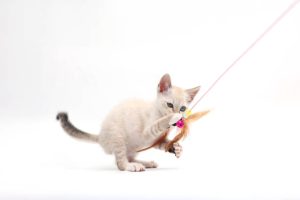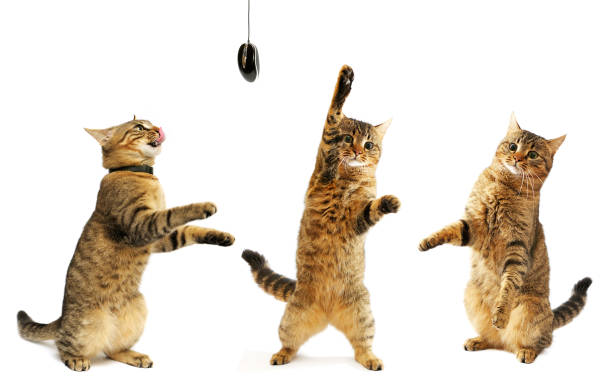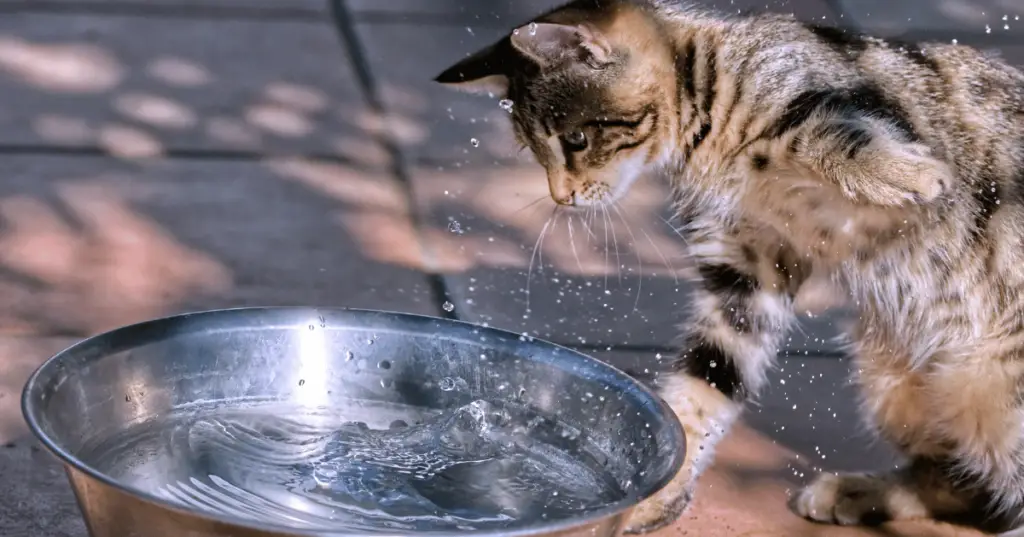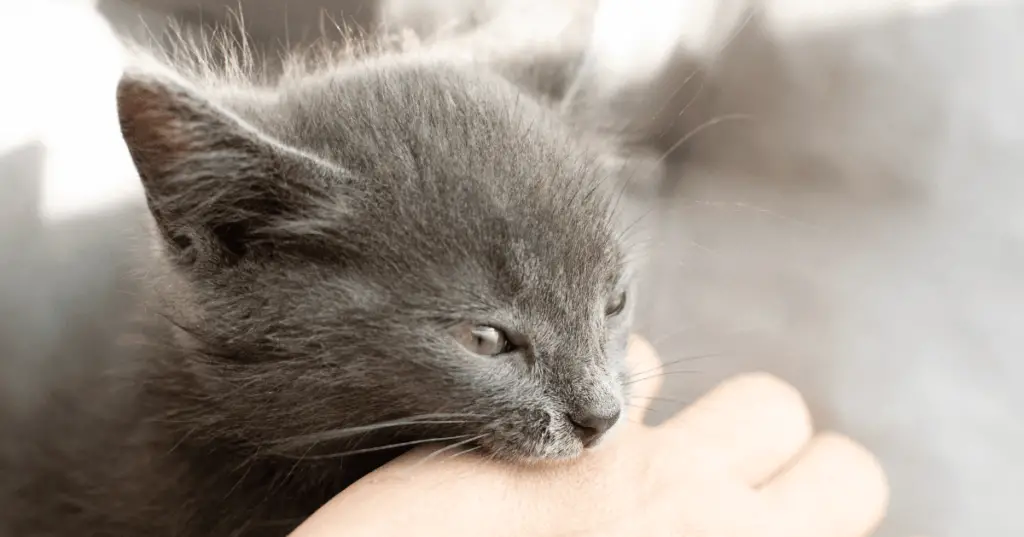
When I first brought home my orange tabby, Max, he had this way of looking at me with wide, curious eyes. One day, I decided to experiment with clicker training. I wasn’t sure if he’d even care about the sound, but after just one session, something clicked—literally. With each click of the small, simple device, Max began associating the sound with a treat, a pat, or his favorite toy. Over time, his behavior transformed. Suddenly, Max was no longer the mischievous cat knocking over flower vases but a well-behaved, cooperative companion. It was as if the clicker had unlocked some hidden communication between us. Little did I know, I had stumbled upon a method backed by science and loved by feline owners worldwide.
But how does this happen? And why do cats like clicker training so much? Let’s dive in.
What Is Clicker Training for Cats?
Clicker training, often referred to as positive reinforcement training, is a method widely used by pet owners to help their furry friends associate behaviors with rewards. But for those unfamiliar, the process involves using a small handheld device—the clicker—that produces a distinct, sharp sound. When combined with a reward, this method helps pets, like cats, understand that they’ve done something right.
How Does Clicker Training Work?
At its core, clicker training is built on a behavioral psychology principle known as operant conditioning. This technique was first popularized by B.F. Skinner in the 20th century, and it revolves around associating an action (the click) with a reward (usually a treat). Over time, this association helps cats understand that every time they hear the click, they’ve done something good.
Why Do Cats Respond to Clickers?
You might be wondering, “why do cats like clickers” so much? Well, cats are naturally curious creatures. They respond well to stimuli, and the clicker provides a quick, sharp sound that grabs their attention. But the reason they learn to love it is simple: every click equals something good, whether that’s a tasty snack or a little praise.
In fact, cats tend to be more responsive to the clicker because it’s a neutral sound. Unlike voice commands, which can vary in tone and pitch, the click is always consistent. This reliability makes it easier for your cat to understand that the sound equals a reward. You can read more about why cats enjoy clicker training here.
Benefits of Clicker Training for Cats
Clicker training isn’t just about teaching your cat tricks—it offers a range of benefits that extend far beyond basic obedience.
Building a Strong Bond
One of the main advantages of clicker training is how it strengthens the bond between you and your cat. Through consistent reinforcement, your cat learns to associate you with positive experiences. The clicker becomes a tool for communication, making interactions more enjoyable for both you and your furry friend.
Mental Stimulation
Cats are highly intelligent animals, and they need mental stimulation to stay healthy and happy. Clicker training provides the mental engagement that keeps them entertained and challenged. A bored cat can become destructive, but with clicker training, you can channel that energy into learning new skills or behaviors.
Reducing Anxiety and Stress
Believe it or not, clicker training can help reduce anxiety in your cat. Cats are creatures of habit, and consistent training routines can help them feel more secure in their environment. By giving them clear expectations and positive reinforcement, you can create a sense of calm and predictability in their lives.
For additional insights on why clicker training works well for anxious cats, check out this resource.

Step-by-Step Guide to Clicker Training
So, how can you start clicker training your cat? Let’s break it down into a simple, step-by-step guide that you can follow.
Step 1: Choose the Right Clicker
Not all clickers are created equal. Some are louder than others, while some may come with different designs. Choose a clicker with a sound that’s sharp but not too loud, so it doesn’t scare your cat.
Step 2: Introduce the Clicker
Before jumping into training, introduce the clicker to your cat. Begin by clicking the device and immediately giving them a treat. Repeat this process a few times until your cat starts to associate the click with a reward.
Step 3: Start with Basic Commands
Once your cat has made the connection between the click and the treat, you can begin introducing basic commands like “sit” or “come.” Each time they successfully perform the command, click the device and offer them a treat.
Step 4: Gradually Increase Difficulty
As your cat becomes more comfortable with the training, you can start to add more complex commands. For example, teaching them to shake hands or even play fetch can be introduced at this stage.
For a more in-depth guide on advanced training techniques, this resource here is a helpful read.
Common Mistakes to Avoid in Clicker Training
Clicker training is an effective tool, but like anything, there are some common mistakes that could hinder your progress.
Not Timing the Click Correctly
One of the most frequent errors is not clicking the device at the right moment. For clicker training to work, the sound needs to be associated with the exact behavior you want to reinforce. If you click too late, your cat might become confused about which action earned the reward.
Overloading Your Cat
Another mistake is trying to teach your cat too many new tricks at once. Cats, much like humans, can get overwhelmed if they’re overloaded with information. Stick to one command at a time to avoid confusing your furry friend.
Clicker Training and Positive Reinforcement: Why They Go Hand-in-Hand
Cats are independent creatures, but that doesn’t mean they don’t crave guidance. Through clicker training and positive reinforcement, your cat can develop a sense of trust and security, which ultimately leads to better behavior and a stronger bond between you two.
Conclusion
Clicker training is more than just a fun way to teach your cat tricks. It’s a powerful method of communication, rooted in positive reinforcement, that helps your cat understand exactly what behaviors you want to encourage. Whether you’re trying to correct bad habits or just bond with your feline friend, the clicker is an invaluable tool in your cat-training arsenal.
In the end, the best part about clicker training is seeing that moment when your cat finally gets it—the click becomes a bridge between you and your pet, leading to a happier, healthier relationship.



